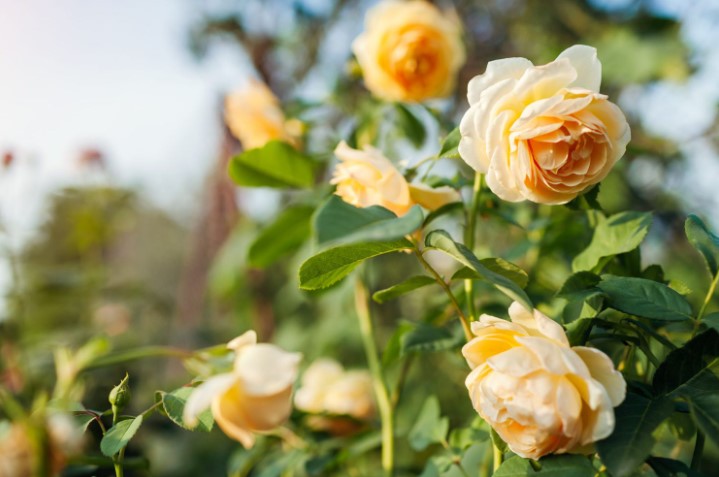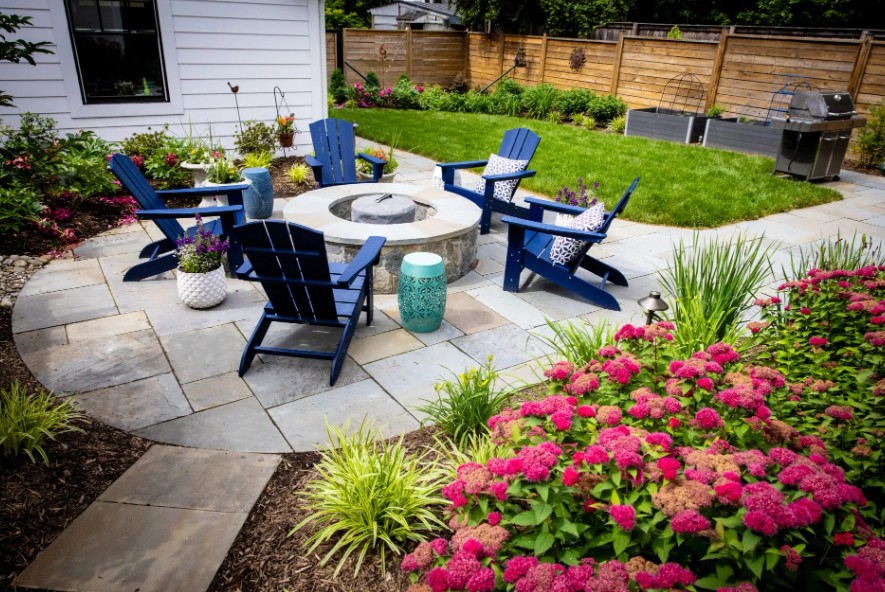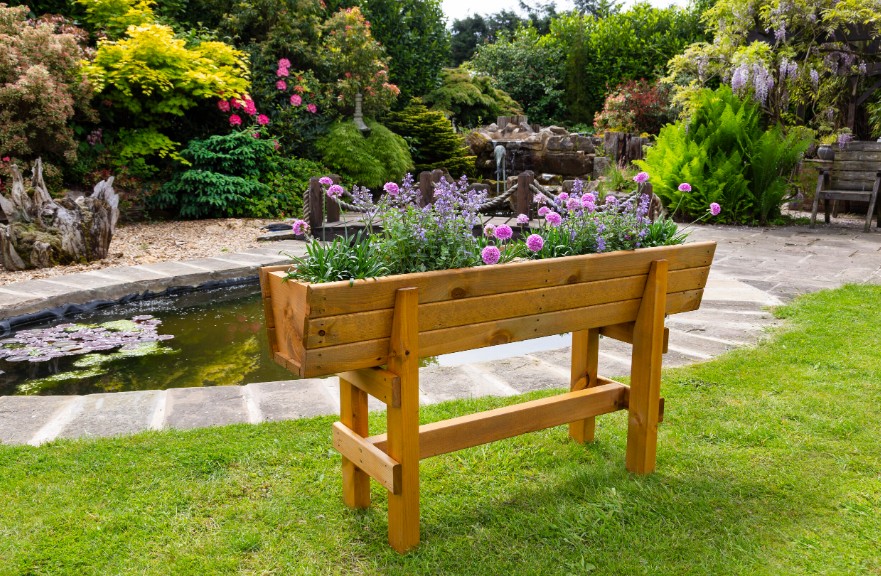The Ultimate Guide to Garden Roses: Cultivation, Varieties, and Care

Introduction
Garden roses have a unique charm that adds elegance and grace to any garden. Their diverse colors, forms, and fragrances make them a favorite among gardeners and floral enthusiasts. This guide will walk you through everything you need to cultivate and enjoy these stunning blooms in your own garden.
Understanding Garden Roses
What Are Garden Roses?
Garden roses are cultivated varieties of the wild rose species, designed for ornamental purposes. Unlike wild roses, garden roses are bred for their exceptional blooms, fragrances, and adaptability to different garden conditions.
The History of Garden Roses
Garden roses have been cherished for centuries, with their origins tracing back to ancient civilizations. The rose has been a symbol of love and beauty in various cultures, from Roman to medieval times. Modern garden roses have been developed through selective breeding, enhancing their beauty and resilience.
Choosing the Right Garden Roses
Types of Garden Roses
Hybrid Teas
Hybrid Teas are known for their large, single blooms and long stems, making them perfect for cut flowers. They come in a range of colors and are ideal for formal gardens.
Floribundas
Floribundas produce clusters of smaller blooms that offer a continuous display of color throughout the growing season. They are well-suited for informal gardens and landscapes.
Grandifloras
Grandifloras are a cross between Hybrid Teas and Floribundas, combining the best traits of both. They offer large blooms in clusters and are great for adding a splash of color to your garden.
Climbing Roses
Climbing Roses are perfect for creating vertical interest in your garden. They can be trained to grow on trellises, arbors, and fences, adding height and drama to your outdoor space.
Selecting Roses for Your Climate
Different roses thrive in different climates. Be sure to choose varieties that are suited to your region’s temperature and humidity levels. Local nurseries and garden centers can provide recommendations based on your area.
Considerations for Soil and Space
Roses prefer well-drained soil with plenty of organic matter. Ensure your garden has enough space for the type of rose you’re planting, considering their mature size and growth habits.
Planting Garden Roses
When to Plant Roses
The best time to plant roses is in early spring or late fall, when the soil is cooler. This allows the plants to establish their roots before the heat of summer or the cold of winter.
How to Prepare the Soil
Prepare the soil by digging a hole that is twice as wide as the root ball of the rose. Enrich the soil with compost or aged manure to ensure good drainage and nutrient availability.
Planting Techniques
Place the rose in the center of the hole, ensuring that the graft union (where the rose variety is joined to the rootstock) is level with the soil surface. Backfill the hole with soil and water thoroughly.
Space and Spacing
Space your roses according to their mature size to allow for proper air circulation and prevent overcrowding. This will help reduce the risk of diseases and promote healthy growth.
Rose Care Basics
Watering Your Roses
Roses need consistent watering to thrive. Water at the base of the plant to avoid wetting the foliage, which can lead to disease. Aim to keep the soil consistently moist but not waterlogged.
Fertilizing Roses
Feed your roses with a balanced fertilizer designed for flowering plants. Apply the fertilizer according to the manufacturer’s instructions, typically in early spring and mid-summer.
Pruning and Deadheading
Pruning helps maintain the shape and health of your roses. Remove dead or diseased wood and spent blooms (deadheading) to encourage new growth and prolong the blooming period.
Pest and Disease Management
Common Rose Pests
Roses are susceptible to pests such as aphids, spider mites, and Japanese beetles. Regularly inspect your plants and use insecticidal soap or natural predators to control these pests.
Diseases Affecting Roses
Common rose diseases include black spot, powdery mildew, and rust. Prevent these diseases by ensuring proper air circulation, avoiding overhead watering, and applying appropriate fungicides if necessary.
Natural Remedies and Treatments
For a more eco-friendly approach, consider using natural remedies like neem oil or a mixture of water and dish soap to manage pests and diseases.
Advanced Rose Care
Winterizing Your Roses
In colder climates, protect your roses during winter by covering the base with mulch or compost. For hybrid teas and other tender varieties, consider wrapping the base with burlap or using rose cones.
Enhancing Rose Blooms
To encourage more blooms, remove spent flowers regularly and ensure your roses receive adequate sunlight. Consider using bloom-boosting fertilizers to enhance flower production.
Techniques for Long-Lasting Roses
Regular maintenance, including proper watering, fertilizing, and pest management, will ensure that your roses remain healthy and vibrant throughout their growing season.
Designing with Roses
Creating Rose Gardens
Designing a rose garden involves selecting a variety of roses that complement each other in color, form, and growth habits. Consider incorporating pathways or garden features that highlight your roses.
Combining Roses with Other Plants
Combine roses with companion plants such as lavender or ornamental grasses to create a visually appealing and diverse garden. Be mindful of each plant’s light and soil requirements.
Using Roses in Floral Arrangements
Roses are a staple in floral arrangements. Their versatility allows them to be used in everything from wedding bouquets to everyday table centerpieces. Experiment with different colors and varieties to achieve your desired look.
Conclusion
Garden roses offer unparalleled beauty and elegance, making them a prized addition to any garden. By understanding the different types of roses, proper planting techniques, and essential care practices, you can cultivate a stunning rose garden that thrives for years to come.
FAQs
1. How often should I water my garden roses?
Water your roses deeply once a week, ensuring the soil remains consistently moist but not soggy. Adjust the frequency based on weather conditions.
2. What is the best fertilizer for roses?
Use a balanced fertilizer with equal parts nitrogen, phosphorus, and potassium. Look for products specifically formulated for roses.
3. How do I prevent diseases in my rose garden?
Promote good air circulation, avoid overhead watering, and regularly inspect your plants for signs of disease. Use fungicides as needed.
4. When is the best time to prune roses?
Prune roses in late winter or early spring, before new growth begins. Remove dead or damaged wood and shape the plant to encourage healthy growth.
5. Can I grow roses in containers?
Yes, many rose varieties can be successfully grown in containers. Choose a large container with good drainage and select compact rose varieties suited for container growth.





